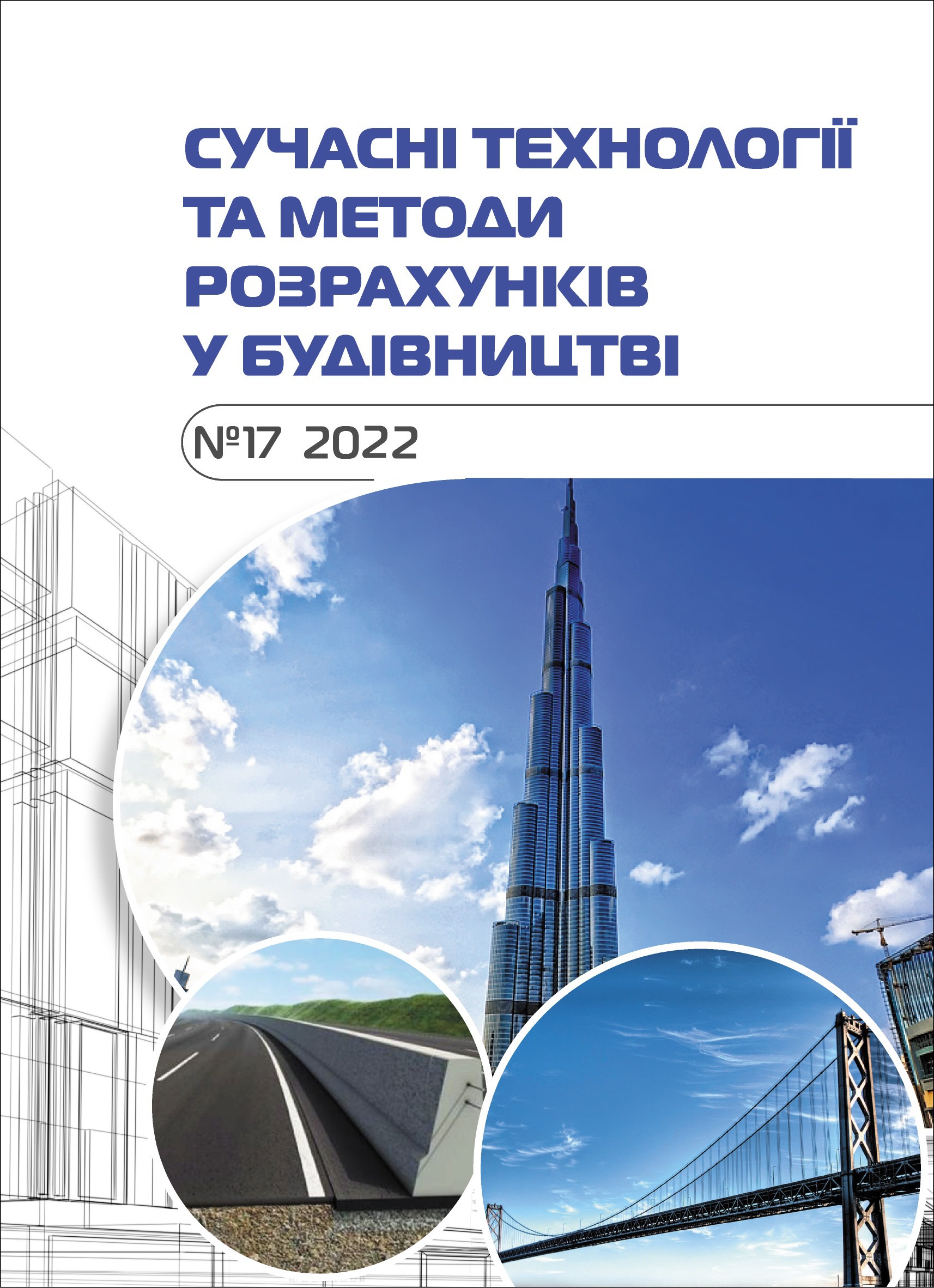Analysis of studies to increase the explosion resistance of reinforced concrete slabs
Abstract
The significant destructive potential of explosives indicates the need to increase the explosion resistance of civil and industrial infrastructure facilities, taking into account the design of new and modernization of existing buildings and structures.
Blast protection is a complex task, involving a large number of parameters that can affect the limit value of the transmitted load and the bearing capacity of reinforced concrete slabs. Mitigation of the effects of the explosion is in the spotlight due to the unstable geopolitical situation. Reinforced concrete slab structures are not designed to withstand explosive loads, and in areas of a possible attack, their sensitive elements require anti-explosion modernization.
The need for knowledge of modern design solutions for reinforced concrete slabs, their behavior under the action of a dynamic load in a complex stress-strain state, makes the task of studying, systematizing and developing solutions for practical use urgent.
The article studies experimental and theoretical studies of reinforced concrete slabs under the action of the destructive potential of explosives. The mechanisms of damage formation and the behavior of materials of reinforced concrete slabs under the action of high-speed explosive loads are presented.
Significant research has been devoted to various types of upgrades to mitigate the effects of an explosion. Structural solutions with the introduction of modern polymeric materials and heavy-duty concretes are in great demand. The high strength-to-weight ratio, corrosion resistance, ease of use, non-stop installation and relatively low maintenance make these solutions attractive for use in production to increase strength and reduce deflection of reinforced concrete slabs. In the course of the tests performed in the near, intermediate or far field of the explosion, the tested reinforced concrete slabs are preferably modified with an external polymer reinforced with glass fiber or carbon fiber in the form of laminates, sheets or slabs.
Even if the modified material did not prevent fracture in most of the tests, the contribution to blast resistance was evident in the improvement in the ductility of the test salbs, with a significant reduction in residual displacements and breakage rates.
An analysis of the research and development of various innovative materials and intelligent design solutions to improve the structural resistance to explosion of reinforced concrete slabs was carried out. They are compared with the existing reinforced concrete slabs. Conclusions are obtained for use in practical application and subsequent research.








